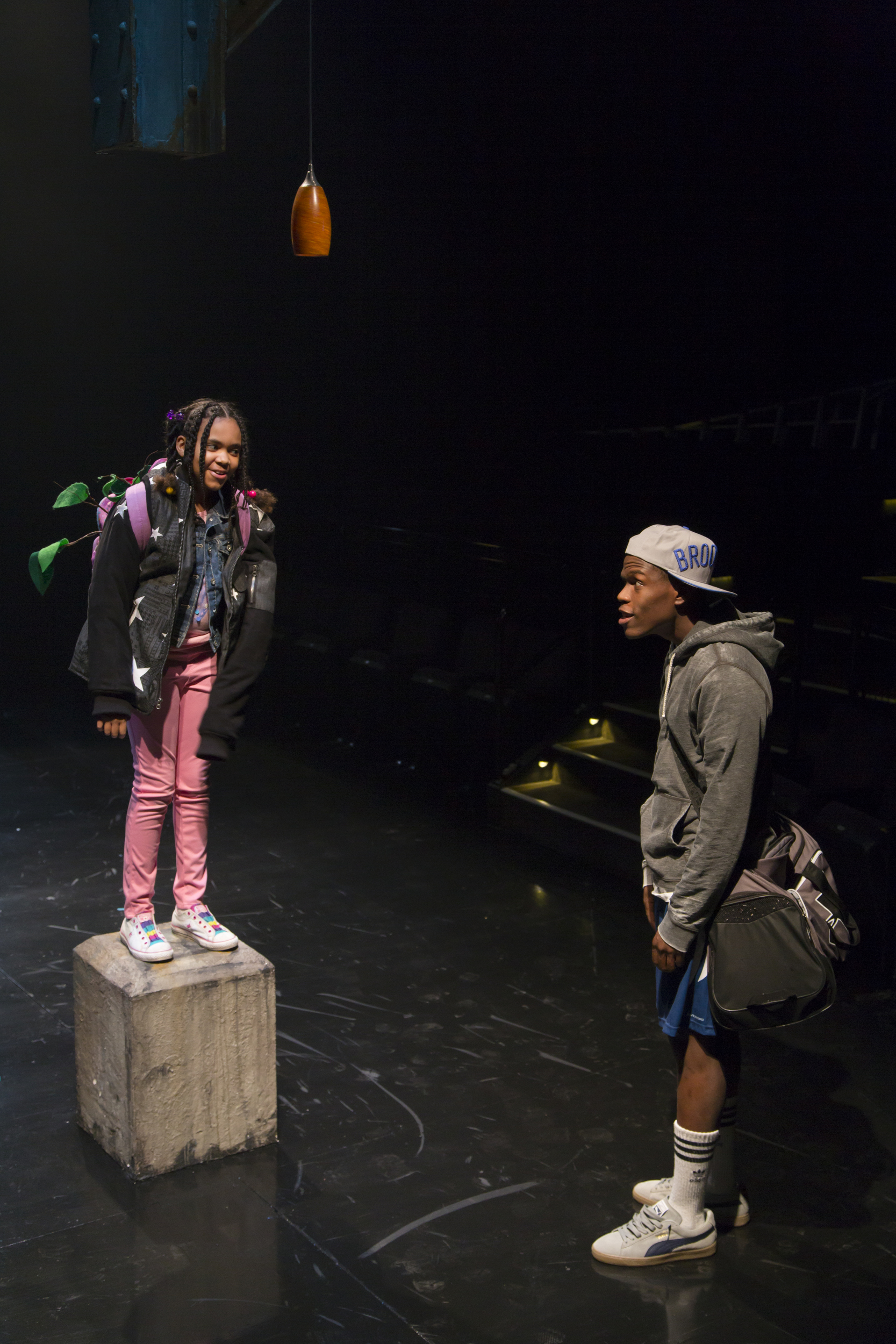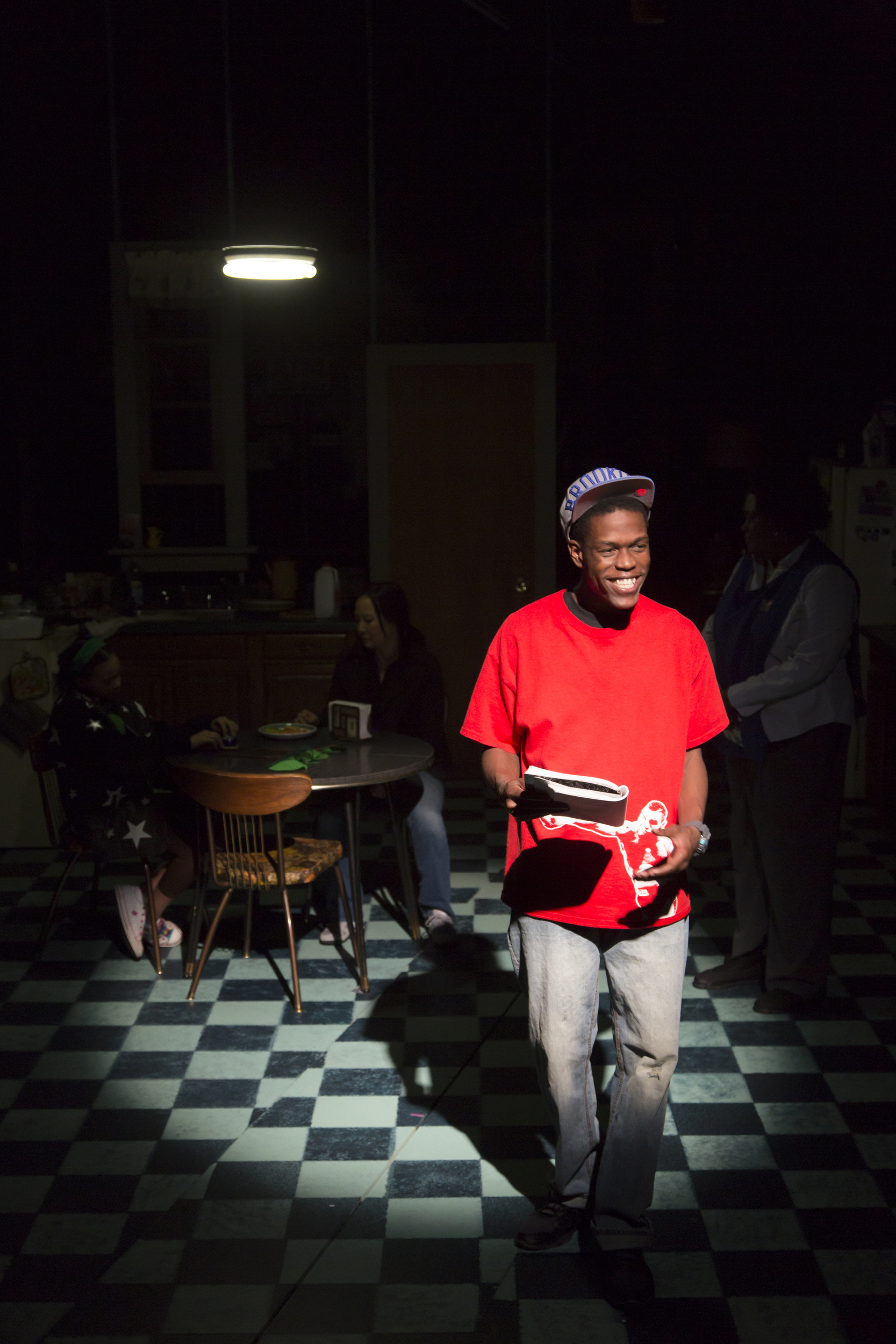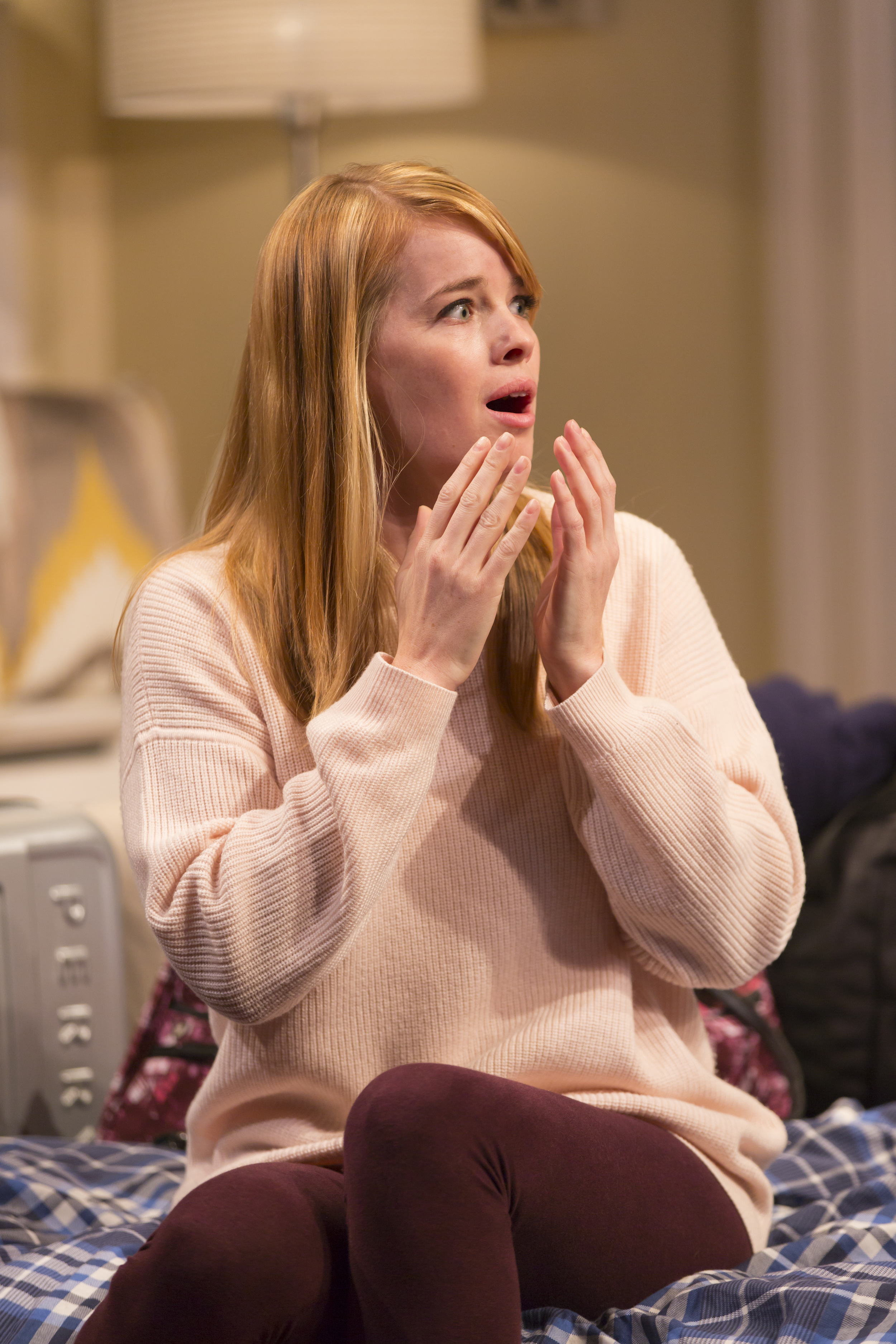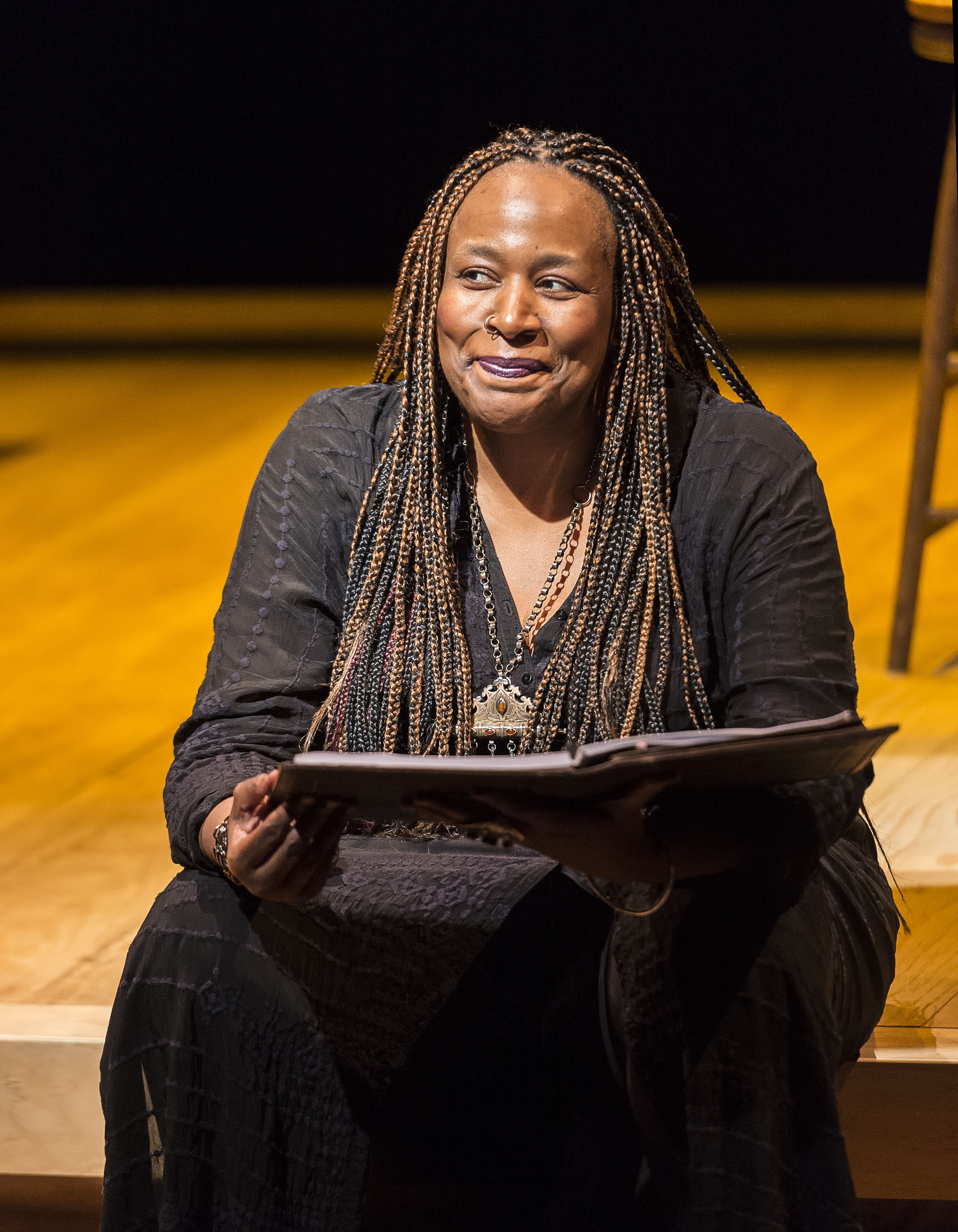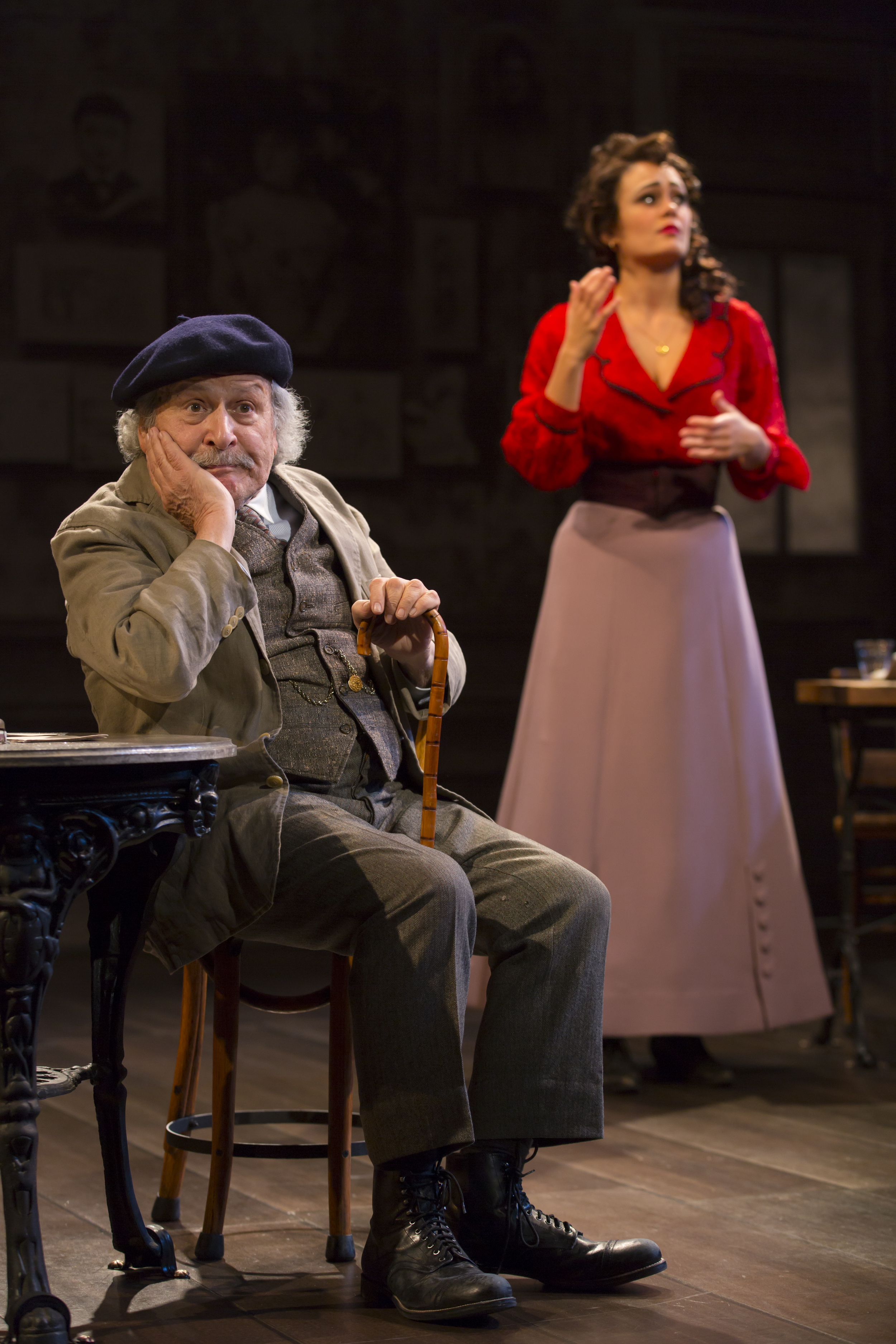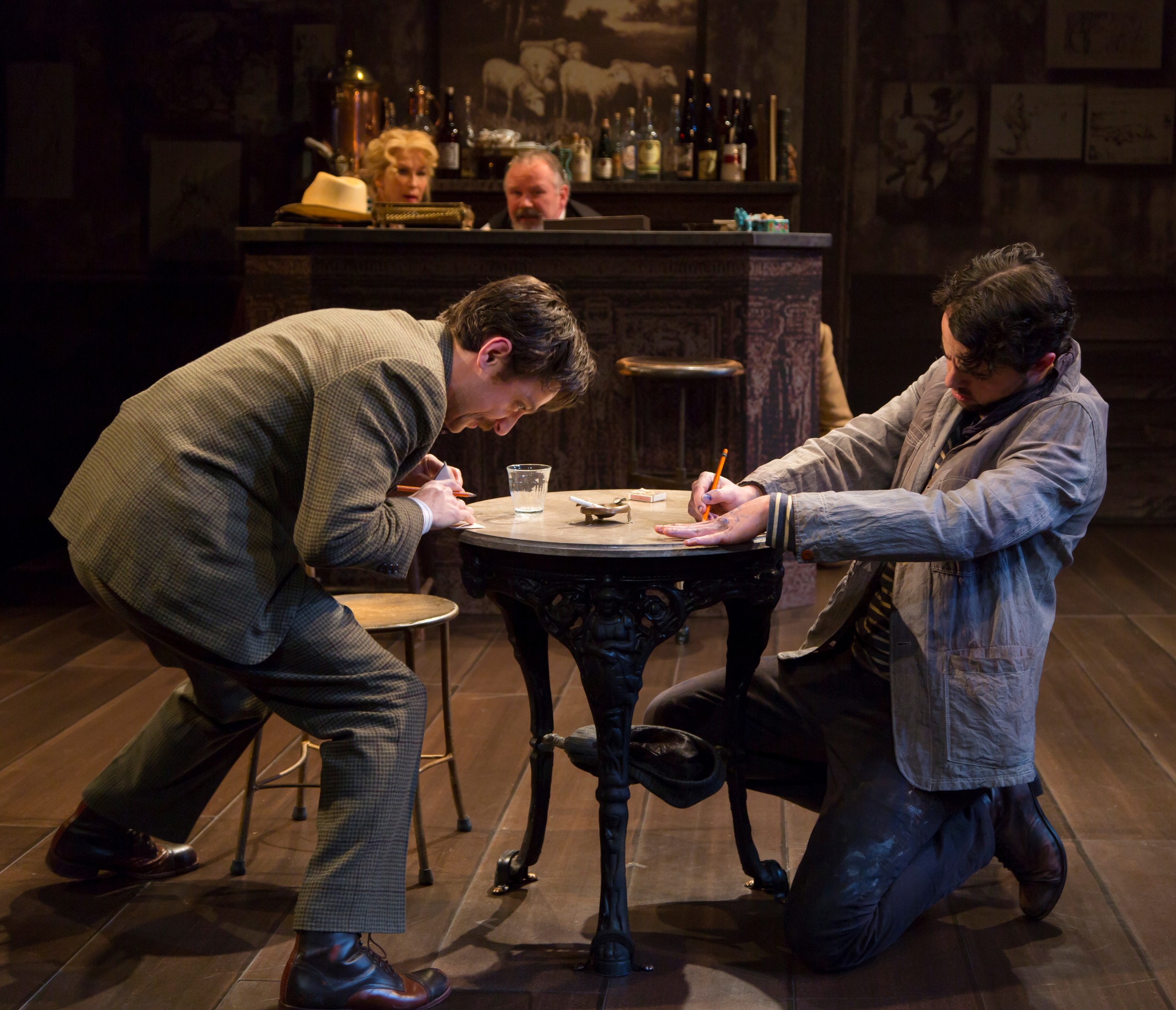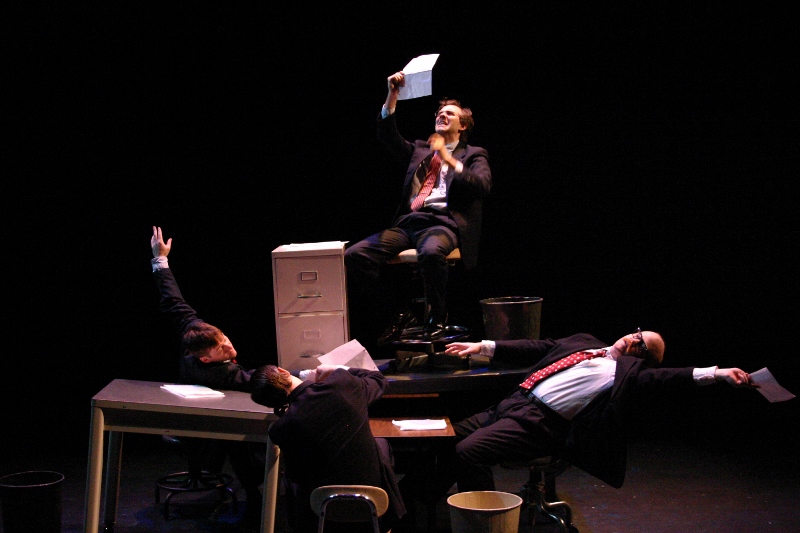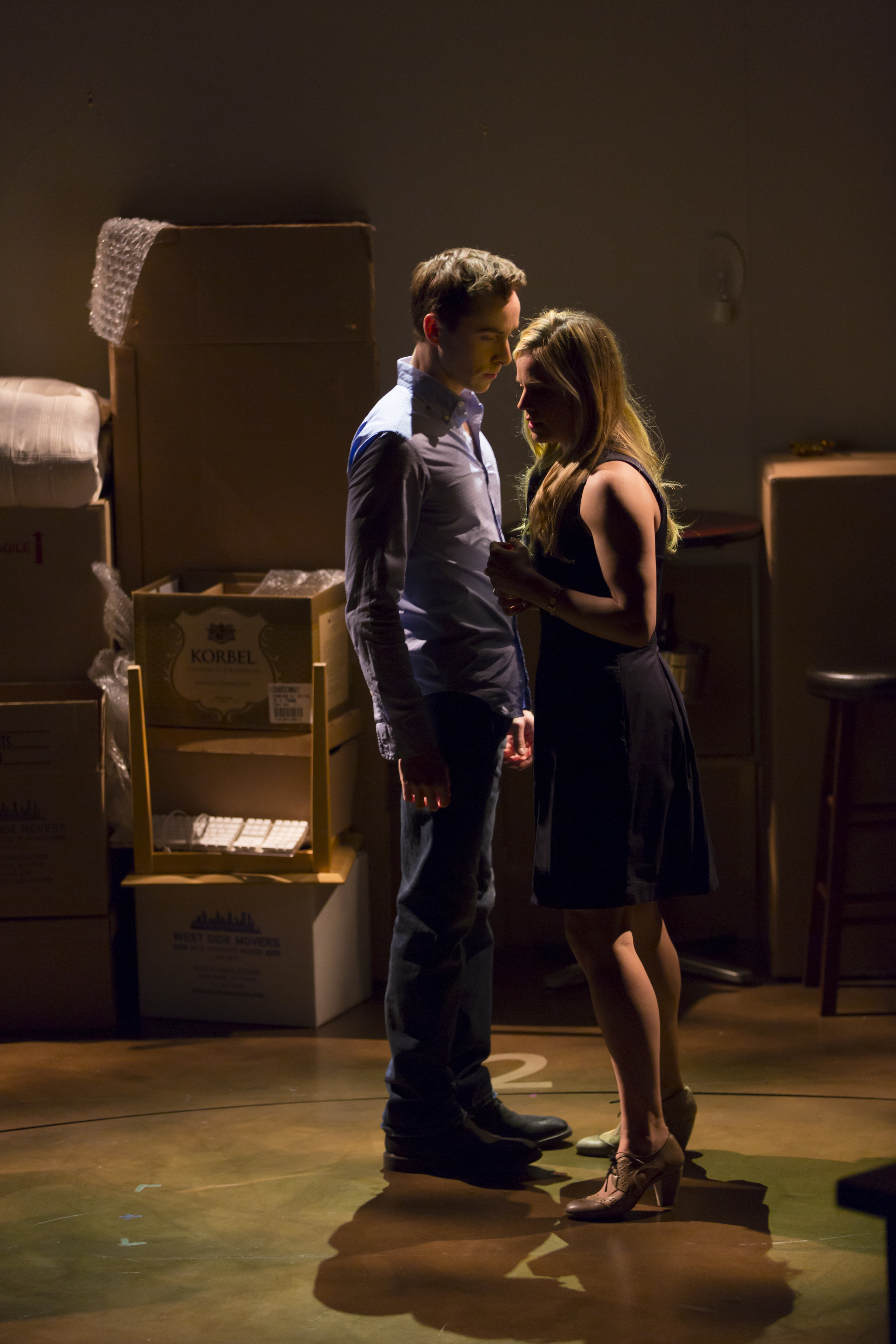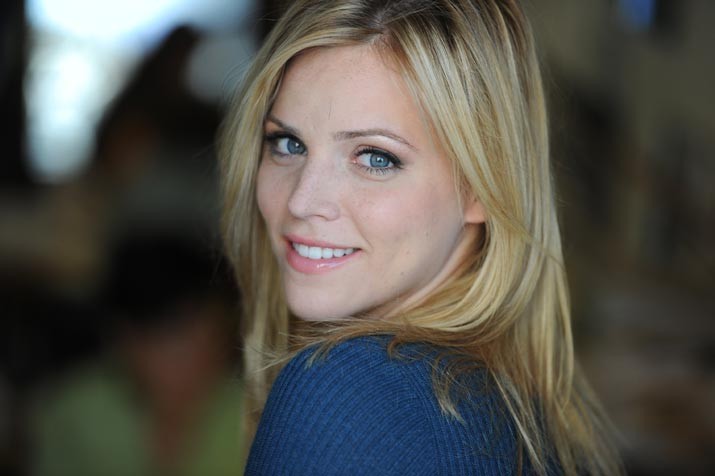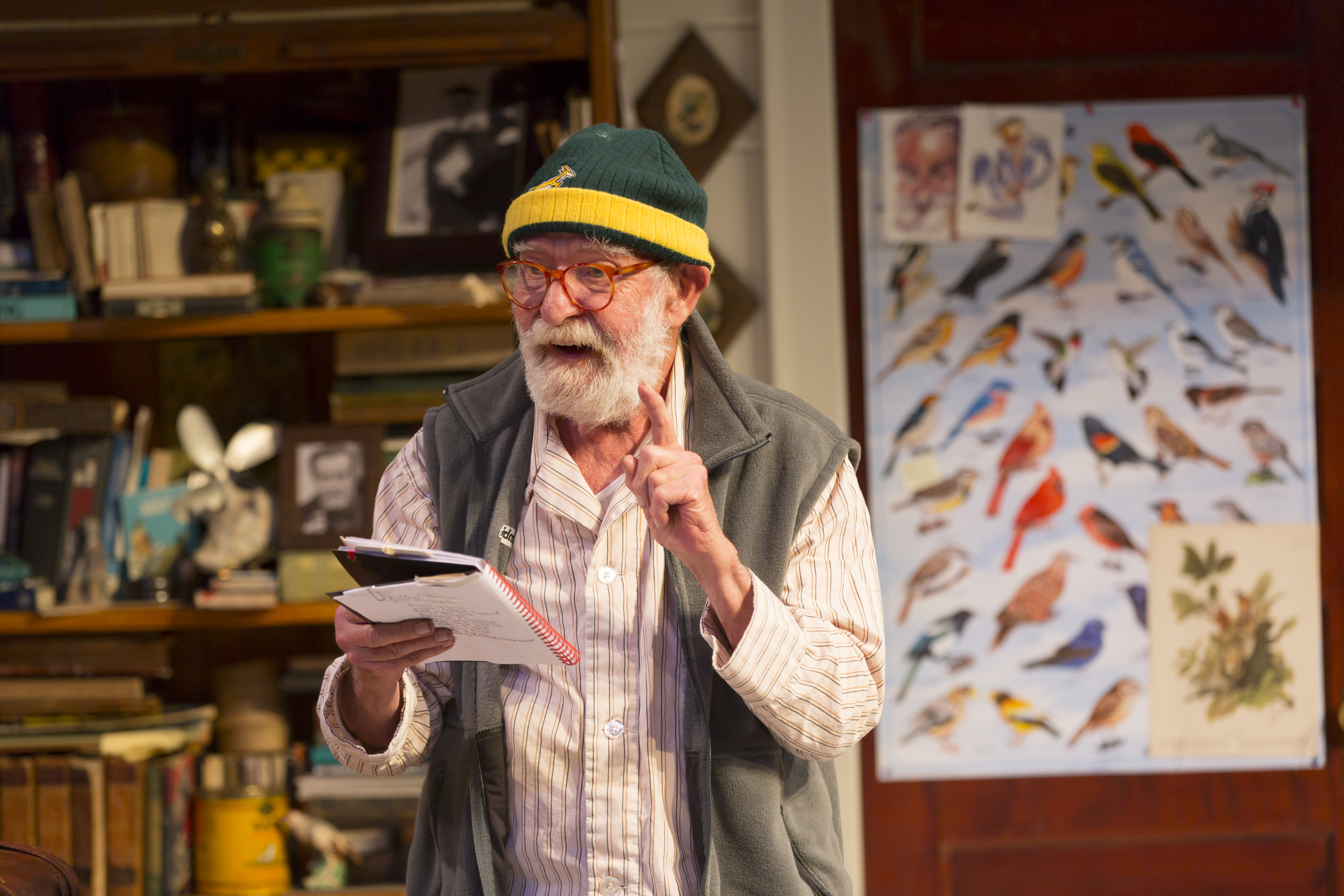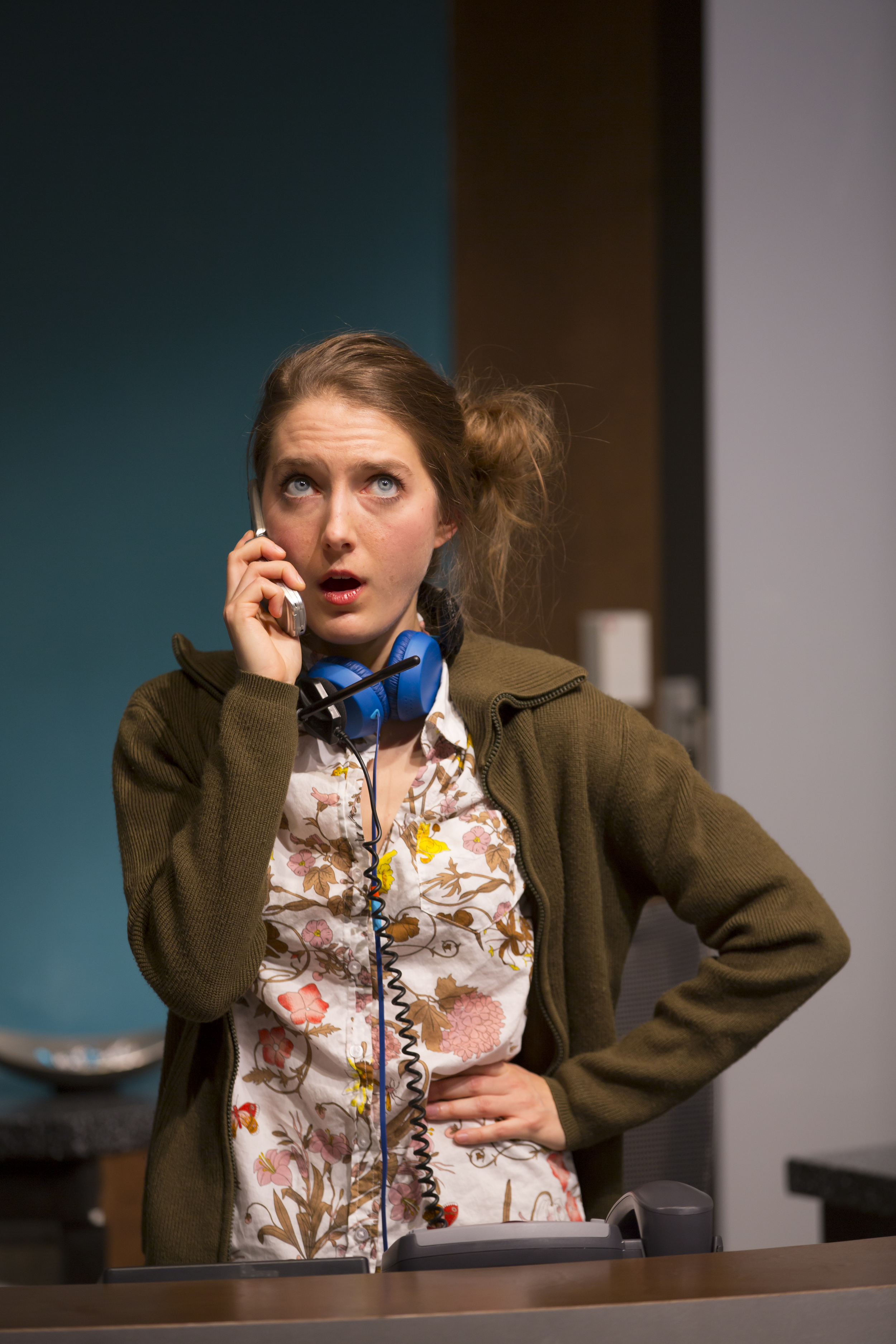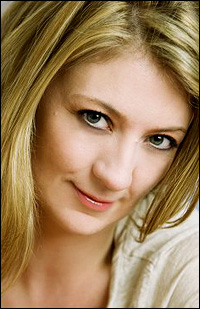Review of The Second Mrs. Wilson at Long Wharf Theatre
A play about loyalty, love, and deception should strike a few nerves, and when the story unfolds in what are often called “the corridors of power,” we have not just a story about how a couple weathers a storm, but about the fraught relation between public and private worlds. Joe DiPietro’s involving The Second Mrs. Wilson, directed by Gordon Edelstein at the Long Wharf, with a sumptuous set by Alexander Dodge and a stellar cast, lets us contemplate both a powerful romance and a unique historical situation.
When President Woodrow Wilson (John Glover), a widower, becomes sweet on Mrs. Edith Galt (Margaret Colin), a widowed lady of his acquaintance, the tongues of his advisers begin to wag and their visages to frown. Kept onstage throughout the play as a kind of an Old Boys’ Club version of a Greek chorus, Colonel Edward House (Harry Groener), Secretary Joe Tumulty (Fred Applegate) and Dr. Cary Grayson (Stephen Baker Turner) look on and trade misgivings about the lively romance we see unfolding between Glover’s Wilson, lathe-thin and boyish, and Colin’s Mrs. Galt, an engaging matron sincerely flattered at this new flame. DiPietro’s script keeps the flirtation within the bounds of propriety while flaunting the charms of a second chance for the middle-aged.
Early on, one of the best scenes features Mrs. Galt and House facing off on how a new bride could affect the president’s bid for a second term. In The Second Mrs. Wilson, dialogue is at its best when, as here, a game is afoot: who will best whom in the give and take of looking after Wilson’s interests and maintaining an interest in Wilson?
That note, once sounded, becomes the key note of the second act when Wilson, struck down by a crippling stroke at the end of Act One while hawking his League of Nations legislation across the country, comes fully under his wife and his doctor’s care—much to the consternation of his advisers, his Vice President Thomas Marshall (Steve Routman) and his staunchest opponent, Senator Henry Cabot Lodge (Nick Wyman). The deception by which press and public and political interests are kept at bay seems rather astounding to our heavily surveyed times. As the weeks stretch into months, the brave front of Mrs. Wilson comes to seem as cut-off from political reality as her husband’s adamant upholding of “God’s will,” i.e., his plan for the League.
And that’s where The Second Mrs. Wilson becomes a starker and braver play than might be expected from what seems at first a romantic-historical melodrama with comic overtones. The first act gives us a play about the importance of a wife for Wilson and makes us see that, despite what her detractors think, Mrs. Wilson is equal to the task of being First Lady, a strong historical point.
But, once the president is incapacitated, the romantic elements move from the couple’s love to a romance with Wilson’s ideals as Mrs. Wilson struggles to keep her husband in power. For those who are not of Wilson’s party or, like his VP, are simply disliked by the president and his wife, exclusion from the inner circle becomes a study in frustration. Eventually we find ourselves looking on at the playing out of a folie à deux, one that, depending what one makes of a missive from House never opened, had considerable historical consequences.
The staging of the play at Long Wharf is exemplary. The thrust stage has been decorated with handsome wings where the “chorus” take a seat in comfort. A pool table adds the feeling of male camaraderie among the background players, while the striking touch of an ornate convex mirror seems to show us history in a glass.
Center stage is Colin’s Mrs. Wilson, by turns girlish, steely, clever, and never anything but loving toward her fallen hero. Glover’s Wilson is a defining role as well, played with winning brio—a labored delivery of a satirical limerick while partially paralyzed pretty much sums up the man’s character under duress. The president’s bonhomie is fully registered here, countering any sense of him as severe and stiff, and his almost fanatical pursuit of his grand ideal of the League, spurred by the horror of the Great War, becomes increasingly plaintive the more doomed.
As Cabot Lodge, Wyman has a brooding tenacity and the measured cadences of an old school politician, making hay while the sun shines. Applegate is steadfast as the pragmatic Tumulty, and Turner, as Dr. Grayson, suitably torn between the recovery he hopes for and the deterioration he fears. Two other standout roles: Routman as the wary VP who wants what’s best so long as he doesn’t have to run things and who bristles like any man kept waiting too long for an audience, and Groener as House; seen as a Judas by “the saint” Wilson feels on his way to becoming, House is conflicted by his great admiration for Wilson and by his sense of the political situation they are caught in. His admonition about Mrs. Galt, that it is political novices who take personal affront at matters of policy, becomes something of a hoist on his own petard, as his personal affront to Wilson’s policy-making loses him both friend and position.
Full of fine performances that unroll with well-paced precision, The Second Mrs. Wilson shows that the person closest to the one in power may also be said to be in power. A fact about First Ladies that has not been often enough acknowledged, perhaps. DiPietro and Edelstein should also be commended for not dressing the situation up in a post-feminist view of woman’s obvious equality, but hewing to the era’s sense of the personal prestige “a lady” could manipulate as, simply, not a man. Mrs. Wilson, we see, knows how to make the most of forbearance and how to turn her opponent’s skepticism into respect. Her great fault, in the end, may be her protective effort to keep her ailing husband from playing politics with the boys.
The Second Mrs. Wilson
By Joe DiPietro
Directed by Gordon Edelstein
Cast: Edith Wilson: Margaret Colin; President Woodrow Wilson: John Glover; Colonel Edward House: Harry Groener; Dr. Cary Grayson: Stephen Barker Turner; Secretary Joe Tumulty: Fred Applegate; Senator Henry Cabot Lodge: Nick Wyman; Vice President Thomas Marshall: Steve Routman; Attendants: Harvey Martin & Mark Heinisch
Set Design: Alexander Dodge; Costume Design: Linda Cho; Lighting Design: Christopher Akerlind; Sund Design & Original Music: John Gromada; Wig & Makeup Design: Leah Lucas; Production Stage Manager: Peter Van Dyke; Assistant Stage Manager: Amy Patricia Stern
Long Wharf Theatre
May 6-31, 2015









